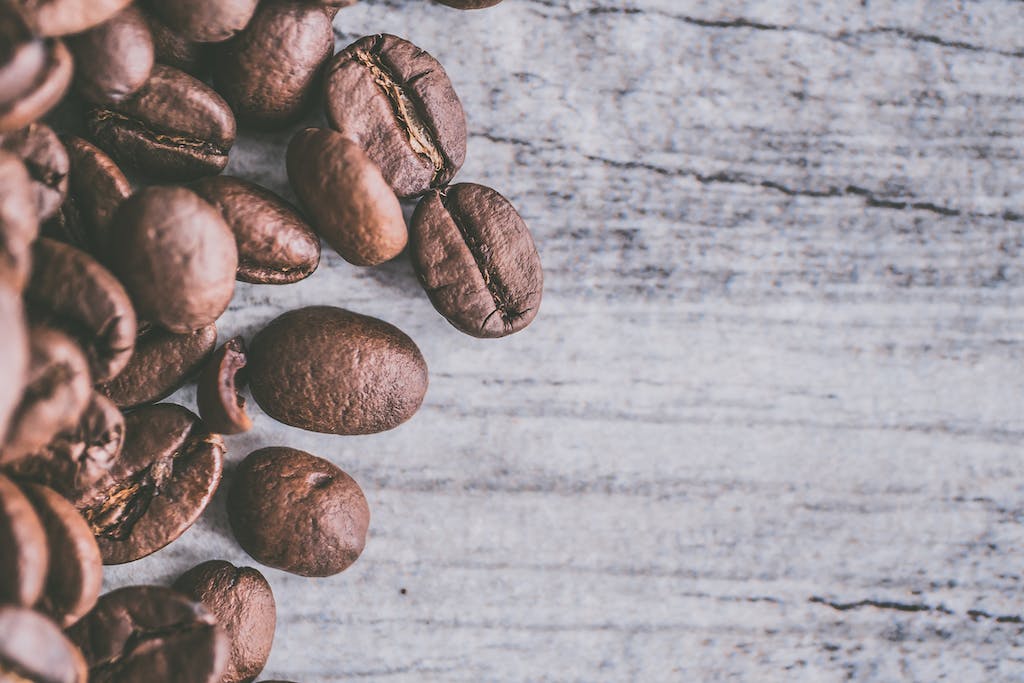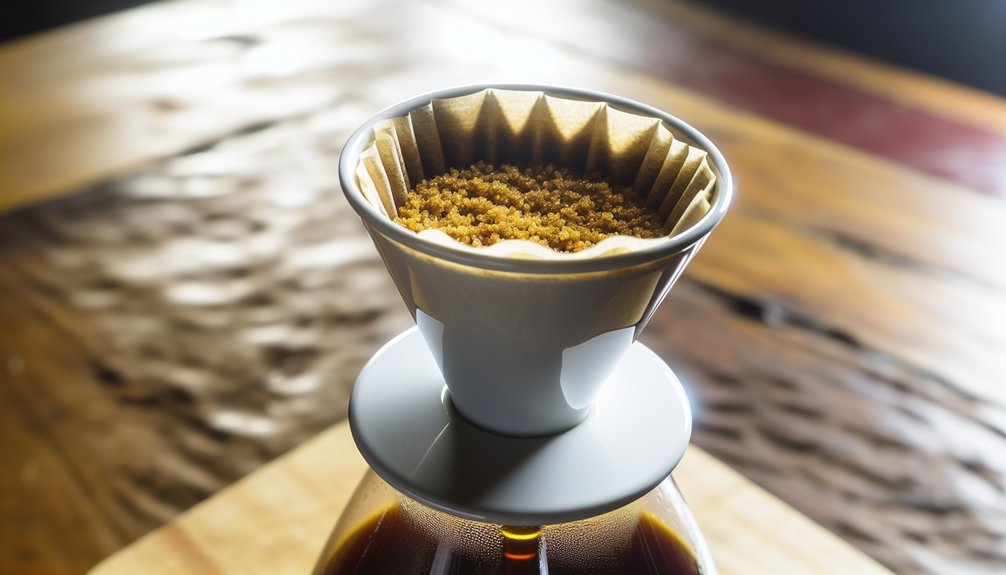Best Coffee for Iced Coffee
There are some affiliate links below, but they are all products I highly recommend. For more info, view my disclosure here.
When it comes to iced coffee, choosing the right beans can make all the difference in flavor. You might wonder if a medium roast or a dark blend works better for your chilled brew. Each option brings its own unique characteristics, impacting the overall taste. Let's explore the nuances of coffee beans and blends that can elevate your iced coffee experience, ensuring you get the most refreshing sip with every pour.
Understanding Cold Brew vs. Iced Coffee
When you're deciding between cold brew and iced coffee, it's essential to understand their key differences.
Cold brew is made by steeping coarsely ground coffee in cold water for an extended period, usually 12 to 24 hours. This process results in a smooth, less acidic coffee that many find refreshing.
On the other hand, iced coffee is brewed hot and then cooled down, often leading to a more pronounced acidity and stronger flavor.
If you're looking for a milder taste that's easy to enjoy on a hot day, cold brew might be your go-to. For those who love a classic coffee kick, iced coffee is perfect.
Both options offer unique experiences, so you can choose based on what feels right for you.
The Best Coffee Beans for Cold Brewing
Selecting the right coffee beans for cold brewing can make all the difference in your final cup. For a smooth and rich flavor, opt for coarsely ground beans with a medium to dark roast. These beans typically offer a balanced sweetness and deeper notes, perfect for cold extraction.
You might want to try single-origin coffees, as they provide unique flavors and aromas that can elevate your cold brew experience. Don't hesitate to experiment with blends, too; they can create interesting flavor profiles that resonate with your taste.
Top Blends for Iced Coffee
If you're ready to explore great blends for iced coffee, you'll find that certain combinations can elevate your drink to a whole new level.
Look for a medium roast blend that balances bright acidity with rich chocolate notes—think of a mix that includes Colombia and Brazil beans. These blends create a smooth, flavorful base that pairs perfectly with ice.
You might also enjoy a dark roast with hints of caramel and nuttiness, which adds depth and complexity.
For an adventurous twist, try a blend featuring a touch of Ethiopian beans, offering fruity undertones that shine when chilled.
Experimenting with different blends not only enhances your iced coffee experience, but also helps you connect with fellow coffee lovers who share your passion.
Single-Origin Coffees That Shine When Chilled
While many blends can enhance your iced coffee experience, single-origin coffees often bring unique characteristics that truly shine when chilled.
When you sip on a single-origin brew, you're not just enjoying coffee; you're connecting with the distinct flavors of a specific region.
Take Ethiopian coffee, for instance, with its bright acidity and fruity notes, making your iced coffee refreshing and vibrant.
Or consider Colombian coffee, known for its smoothness and balance, providing a comforting chill on a hot day.
These coffees invite you to explore their origins and the stories behind them, creating a sense of community among fellow coffee lovers.
Flavor Profiles to Consider for Iced Coffee
When it comes to iced coffee, the flavor profile you choose can significantly elevate your experience.
You'll want to consider bright, fruity notes that bring a refreshing zing, like citrus or berry undertones. These flavors not only complement the chill but also create a vibrant, uplifting cup.
If you prefer something richer, look for chocolatey or nutty profiles—they add a comforting depth that pairs beautifully with ice.
Don't shy away from experimenting with floral hints, either; they can impart a delightful complexity.
Ultimately, pick a flavor that resonates with you, whether it's bold or delicate.
Sharing your iced coffee journey with friends can deepen your connection, making each sip even more enjoyable.
Cheers to finding your perfect blend!
Brewing Techniques for Maximum Flavor
To truly unlock the vibrant flavors of iced coffee, mastering your brewing technique is essential.
Start by choosing high-quality coffee beans that suit your taste. Experiment with grind size; a coarser grind works well for cold brew, while a medium grind suits traditional brewing methods.
Water temperature matters too—aim for 195-205°F when brewing hot coffee, then cool it down quickly. If you're making cold brew, steep your coffee for 12-24 hours in cold water for a smoother taste.
Don't forget to adjust the coffee-to-water ratio to find your perfect balance. Lastly, consider using filtered water to ensure purity.
Tips for Storing and Serving Iced Coffee
If you want your iced coffee to stay fresh and flavorful, proper storage and serving techniques are key.
Start by brewing your coffee stronger; this helps it hold up against melting ice. Once brewed, cool it quickly by pouring it over ice or refrigerating it. Store any leftover coffee in an airtight container in the fridge for up to a week.
When serving, fill a glass with ice first, then pour your chilled coffee over it to prevent dilution.
Don't forget to personalize your drink with milk, cream, or flavored syrups—sharing your favorite combinations with friends can spark great conversations.
Enjoying iced coffee is a delightful way to connect, so make it special every time!
Conclusion
In conclusion, finding the best coffee for iced coffee is all about experimenting with different beans and blends. Whether you prefer a smooth Colombian-Brazilian mix or the bright notes of Ethiopian coffees, there's a perfect match for your taste. Don't forget to try various brewing techniques and pay attention to flavor profiles to elevate your iced coffee experience. With the right choices, you'll enjoy a refreshing and flavorful drink every time. Cheers to your iced coffee adventures!




